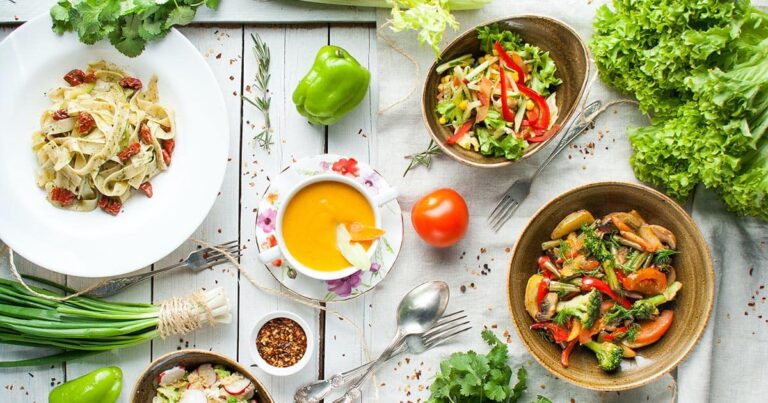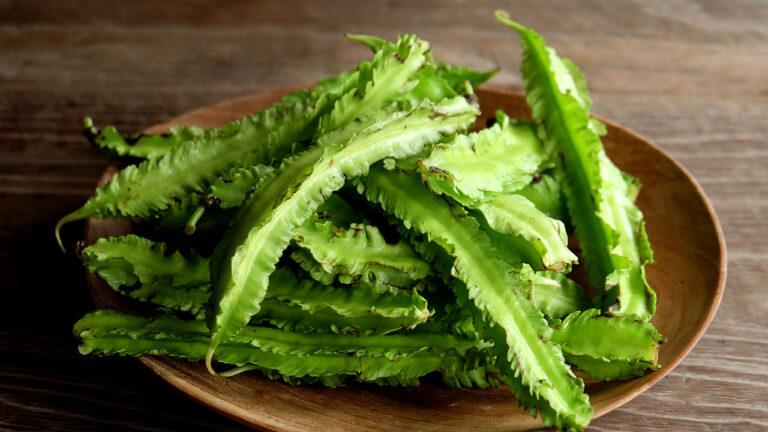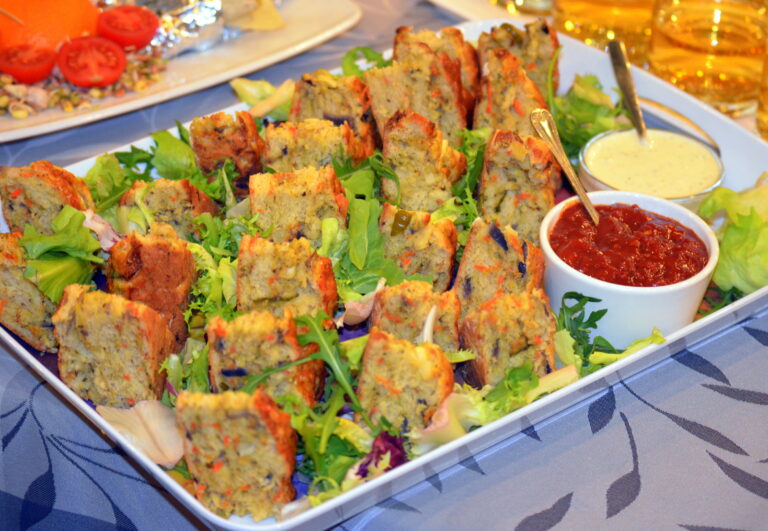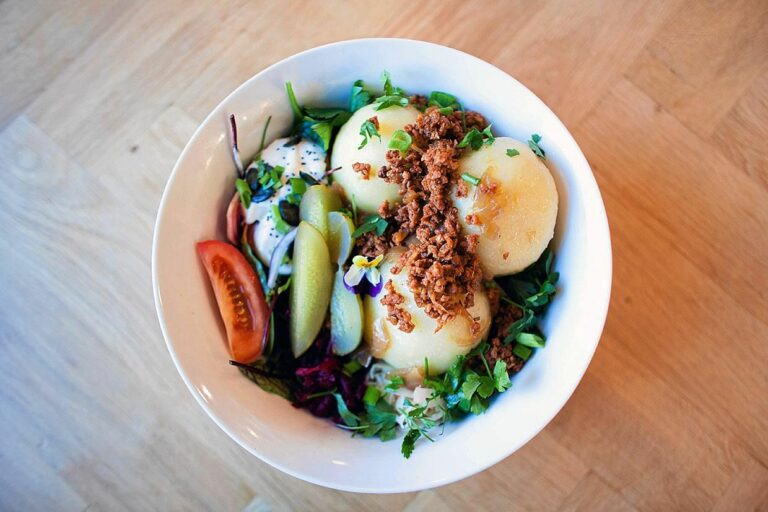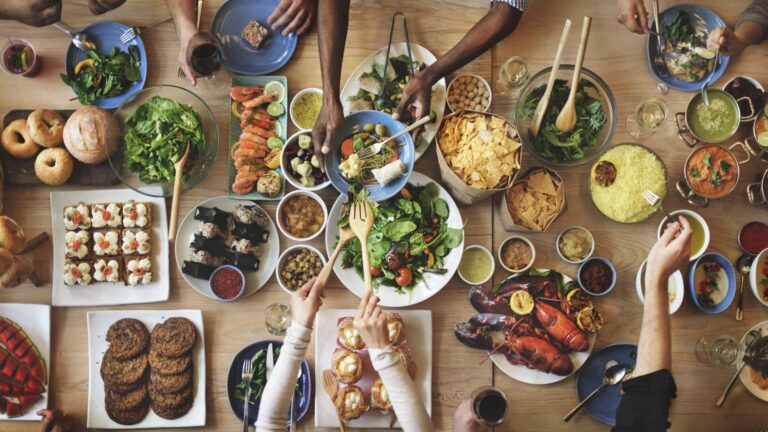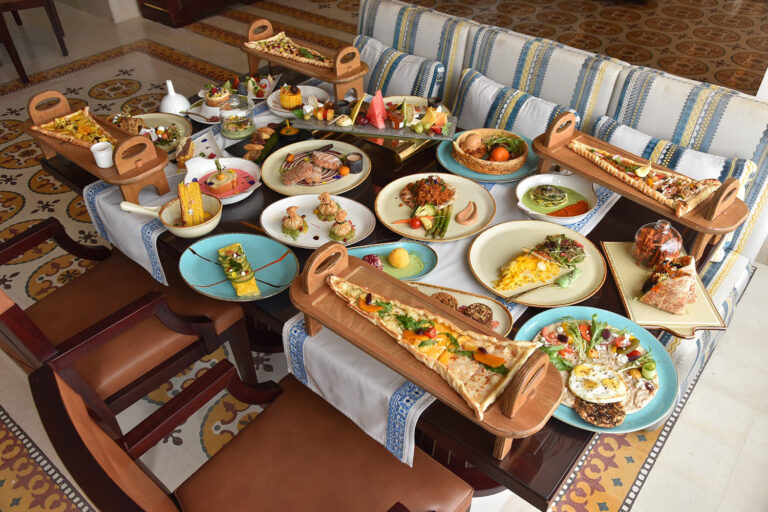Introduction: Peruvian cuisine for dietary restrictions
Peruvian cuisine is known for its diverse flavors and ingredients, but it can be challenging for those with dietary restrictions to find suitable dishes. However, Peruvian cuisine offers a range of gluten-free, vegetarian, and vegan options, as well as dishes for those with seafood allergies. In this article, we will suggest some Peruvian dishes that are suitable for dietary restrictions.
Gluten-free Peruvian dishes
Many Peruvian dishes are naturally gluten-free, which makes it easier for those with celiac disease or gluten intolerance to enjoy Peruvian cuisine. Some popular gluten-free Peruvian dishes include Ceviche, a dish made with fresh raw fish marinated in lime juice; Lomo Saltado, a stir-fried beef dish with onions, tomatoes, and french fries; and Anticuchos, skewers of grilled meat or vegetables. Quinoa, a gluten-free grain that originated in Peru, is also a staple in Peruvian cuisine and can be used in various dishes, such as Quinoa Salad or Quinoa Stuffed Bell Peppers.
Vegetarian options in Peruvian cuisine
Peruvian cuisine offers several vegetarian options, making it ideal for those who do not consume meat. One famous Peruvian dish that is vegetarian-friendly is Papas a la Huancaina, boiled potatoes in a spicy cheese sauce. Another popular vegetarian dish is Palta Rellena, stuffed avocado with vegetables and nuts. Vegetarian ceviche made with mushrooms or tofu is also a delicious alternative to the traditional fish-based dish. Peruvian cuisine also incorporates a variety of vegetables, such as corn, beans, and sweet potatoes, in many dishes, making it easy to find vegetarian options.
Vegan-friendly Peruvian dishes
Peruvian cuisine has several vegan-friendly dishes, which is ideal for those who do not consume any animal products. One vegan dish that is popular in Peru is Ají de Gallina, a creamy spicy sauce made with potatoes, nuts, and chilies. Another vegan option is Escabeche de Verduras, a pickled vegetable dish that is both tangy and refreshing. Vegan ceviche made with hearts of palm or seaweed is also a tasty alternative to traditional ceviche. Quinoa or vegetable-based stews, such as Chupe de Verduras, are also vegan-friendly and a great source of protein.
Peruvian seafood dishes for dietary restrictions
Peruvian cuisine is famous for its seafood dishes, but it can be challenging for those with seafood allergies to enjoy them. However, there are still plenty of seafood-free Peruvian dishes that are just as delicious. Arroz con Pollo, a traditional Peruvian rice and chicken dish, is a popular alternative to seafood-based dishes. Lomo Saltado, a stir-fried beef dish with onions, tomatoes, and french fries, is also a seafood-free option. Additionally, many Peruvian restaurants offer vegetarian ceviche made with mushrooms or tofu.
Peruvian desserts for special diets
Peruvian cuisine has some delicious desserts that are suitable for various dietary restrictions. Alfajores, a traditional Peruvian cookie made with cornstarch and filled with dulce de leche, are gluten-free. Mazamorra Morada, a dessert made with purple corn and fruit, is vegan-friendly. Suspiro Limeño, a sweet caramel pudding, can be made without dairy products, making it suitable for those who are lactose intolerant. Churros, a fried dough pastry, can also be made gluten-free by using alternative flours such as rice flour or almond flour.
In conclusion, Peruvian cuisine offers a variety of dishes suitable for those with dietary restrictions. From gluten-free to vegan-friendly options, Peruvian cuisine has something for everyone to enjoy. By exploring Peruvian cuisine, those with dietary restrictions can find delicious and authentic dishes that suit their needs.

